Federico Fellini's 1960 satirical comedy-drama La Dolce Vita may have painted a slightly debauched picture of the Italian capital, but its title definitely embodies the Roman spirit. The sweet life—something that Rome takes seriously and does very well indeed. And that translates into its dining scene, which is wide, varied, and wonderful. Here's how to eat and drink your way around Rome.
Morning walk
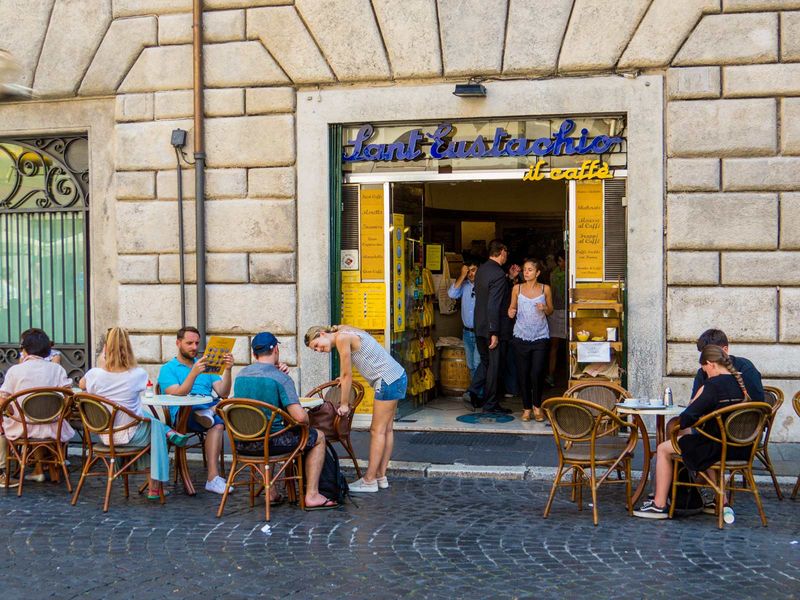
Romans aren’t big on breakfast—they usually begin their day with a croissant or another sweet puff pastry, paired with a cup or two of bitter espresso at their favourite bar. Or perhaps a cappuccino if they’re really hungry. If you’re used to a large breakfast, your hotel will be your best bet; but I recommend following the Roman way and heading to a neighbourhood caffè. My go-to spot is Sant’Eustachio Il Caffè near the Pantheon, with its cheerful yellow interiors and home-roasted beans. A few lanes away, La Casa del Caffè Tazza d’Oro is a great option too; in summer, they serve a mean iced granita with whipped cream.
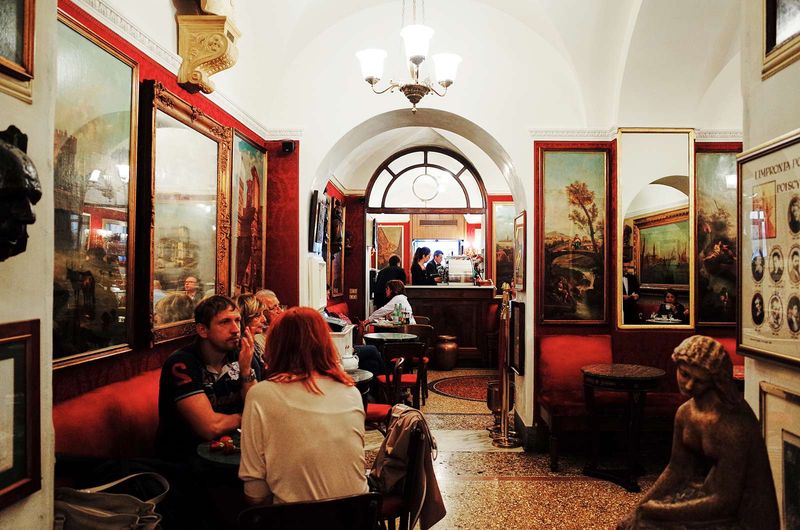
For a fancier cuppa, head to Antico Caffè Greco near the Spanish Steps; this ornate 18th-century caffè with plush red sofas, gilded paintings, and marble tables was frequented by Keats and Byron. Pro tip: it’s cheaper to drink the coffee standing at the bar rather than sitting down at one of the tables and getting charged twice or thrice the amount!
Fortified with coffee, now is the time to trawl a local market or two. Roman markets are colourful and chaotic and give you a great idea of what’s in season. Campo de’ Fiori is Rome’s oldest food market; while it’s quite touristy these days, it’s a great spot to people-watch from one of the surrounding bars, restaurants, and cafes. The San Cosimato Market in Trastevere is another gem with stalls selling everything from fresh produce to handmade pasta.
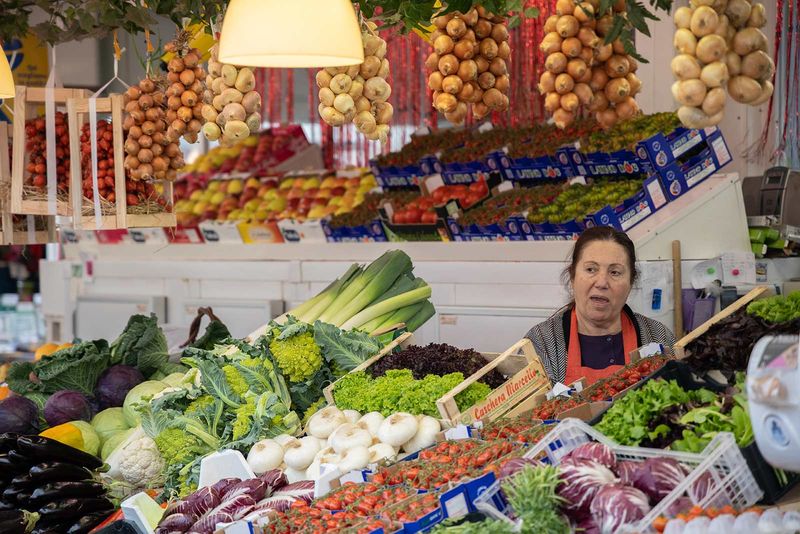
My favourite market in the city is Mercato di Testaccio, supposedly the place where cucina Romana originated. While the market is now in a modern enclosed structure, it still has several family-run stalls and fabulous food to sample. I explored it on a four-hour food tour with Eating Europe and I highly recommend the experience (eatingeurope.com).
Afternoon treats
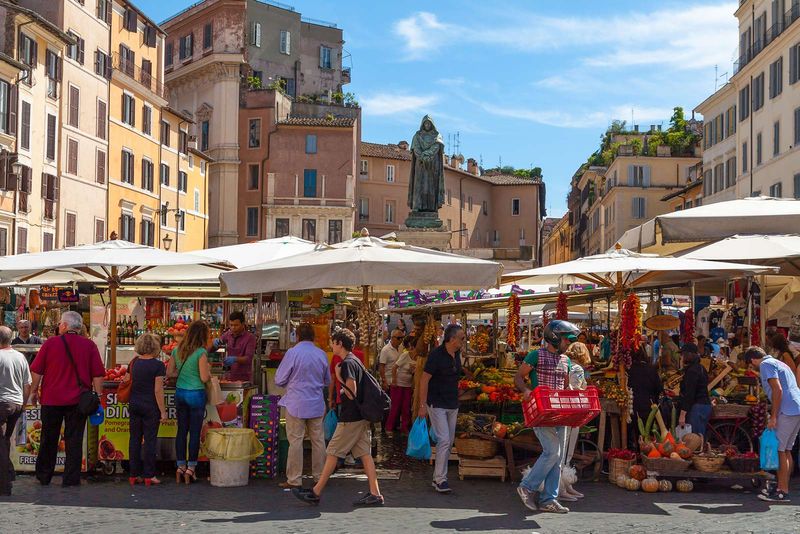
Since you’ll be sightseeing during the day, I suggest grabbing a pizza al taglio for lunch; the pizzas are baked in long rectangular trays and sold by slice.
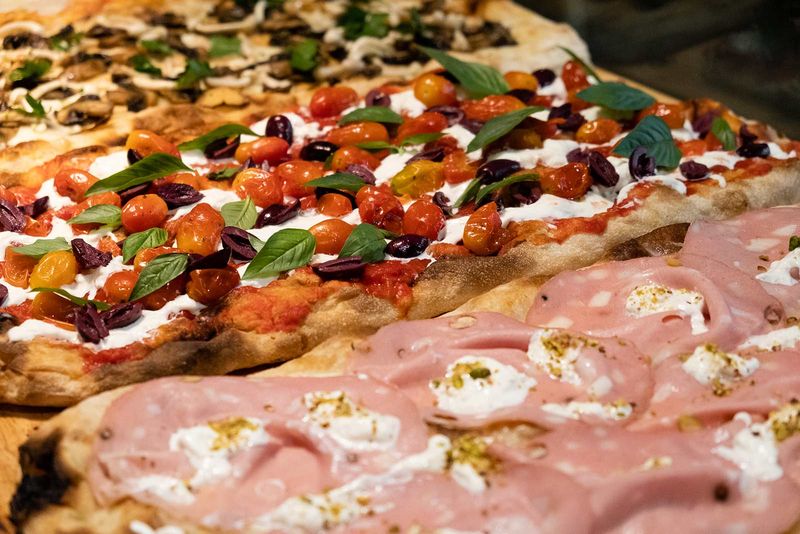
Antico Forno Roscioli in Campo de’ Fiori is one of my favourites as is La Boccaccia in Monti. Pizzarium (near the Vatican) by famed chef Gabriele Bonci is THE place for organic slices with interesting toppings. For pizza tonda or the classic round one look no further than the hip and happening Seu Pizza Illuminati in Trastevere.
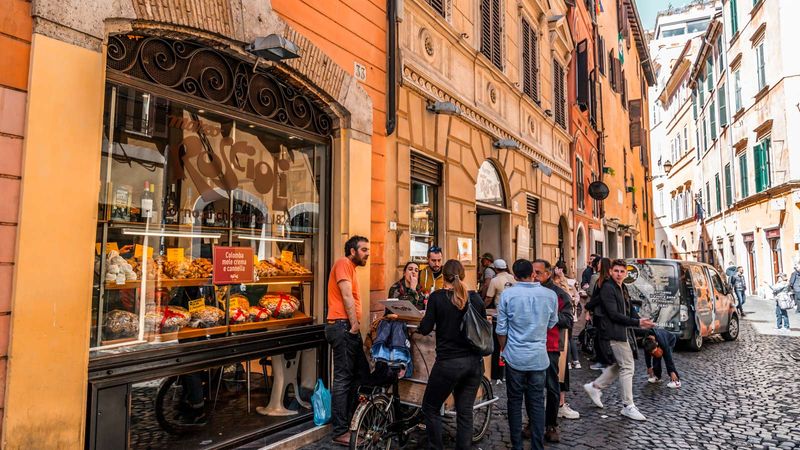
When in Rome, it’s mandatory to eat a gelato a day (I usually end up eating three!) While gelaterias are everywhere, quality may vary widely. At Giolitti in Testaccio (one of Rome’s oldest ice cream shops), I got a lesson on differentiating between good and bad gelato—first rule of thumb is that the colour shouldn’t be too bright, that is strawberry shouldn’t be neon pink or pistachio bright green (look for dull green).
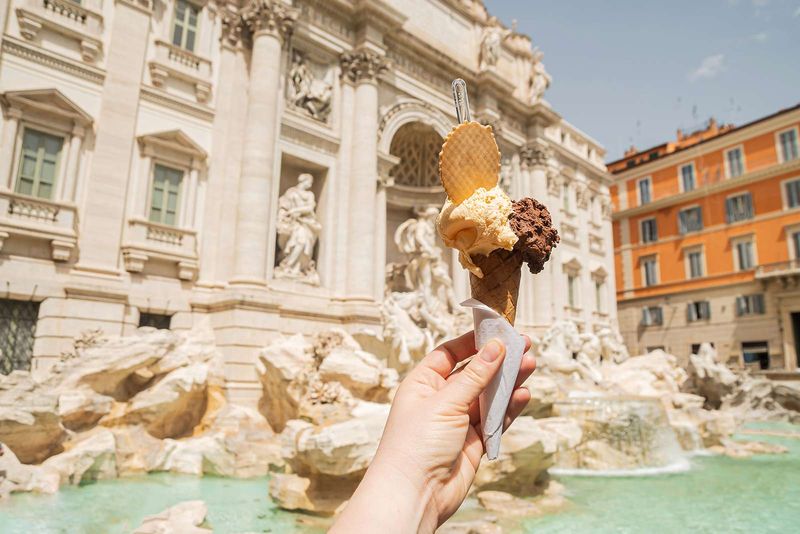
Next, the gelato shouldn’t be too “big” or fluffy; if it’s piled high above the container’s rim, it probably contains artificial stabilisers and is best avoided. Amongst the older gelaterias, apart from Giolitti, I recommend Gelateria del Teatro (near Piazza Navona), Il Gelato di San Crispino (near Trevi Fountain), and Gelateria dei Gracchi (near Vatican City). Many modern gelato shops also offer fantastic fare, particularly Fiocco di Neve (opposite the Pantheon) and Fatamorgana (multiple locations)—get Pensiero (grapefruit, ginger, horseradish, and lemon zest) at the latter and thank me later. Another must-do is Otaleg (gelato spelled backwards) in Trastevere, which has excellent traditional flavours as well as savoury ones like cacio e pepe.
Evening libations

Come sundown and it’s time for the grand Italian tradition of aperitivo—this could be a glass of wine or a cocktail accompanied by finger food, usually had between 7 PM and 9 PM. Score a booking at one of the rooftop bars for a cocktail with a view. I love the glamorous terrace of Cielo atop Hotel de la Ville (near Spanish Steps) or Terrazza Borromini atop Eitch Borromini (near Piazza Navona). But perhaps the most Insta-perfect shot is from Palazzo Manfredi’s The Court cocktail bar where you have the Colosseum as a backdrop!
Wind up your day with a sit-down pasta dinner at a convivial trattoria. My personal favourite restaurant is Armando al Pantheon, which has been serving traditional Roman cuisine since 1961 — while you can safely order any dish on the menu, I’m partial to their cacio e pepe. Cielo at Hotel de la Ville does an excellent version as well. If you’d like to try carbonara, I recommend Flavio al Velavevodetto in Testaccio, which opened in 2009 and quickly became an institution. And finally, head to Trattoria da Enzo al 29 in Trastevere for their amatriciana—and, when in season, fried artichokes.
Essentials
Rome is choc-a-bloc with hotels of all shapes and sizes—from the chain brands to cute Airbnbs (I have stayed in a fair few) and budget hostels. However, my most preferred option is a locally-owned, boutique design hotel. On my most recent trip, I stayed at Corso 281, an all-suite hotel housed in an 18th century palazzo with a fantastic location right on the iconic shopping thoroughfare, Via del Corso. Several suites offer a view of the Vittorio Emanuele Monument from the balcony and most of Rome’s attractions are within walking distance. The 12 suites are minimalistic with a black-and-white colour scheme and come with soft linens, rain showers, and Bulgari amenities.


